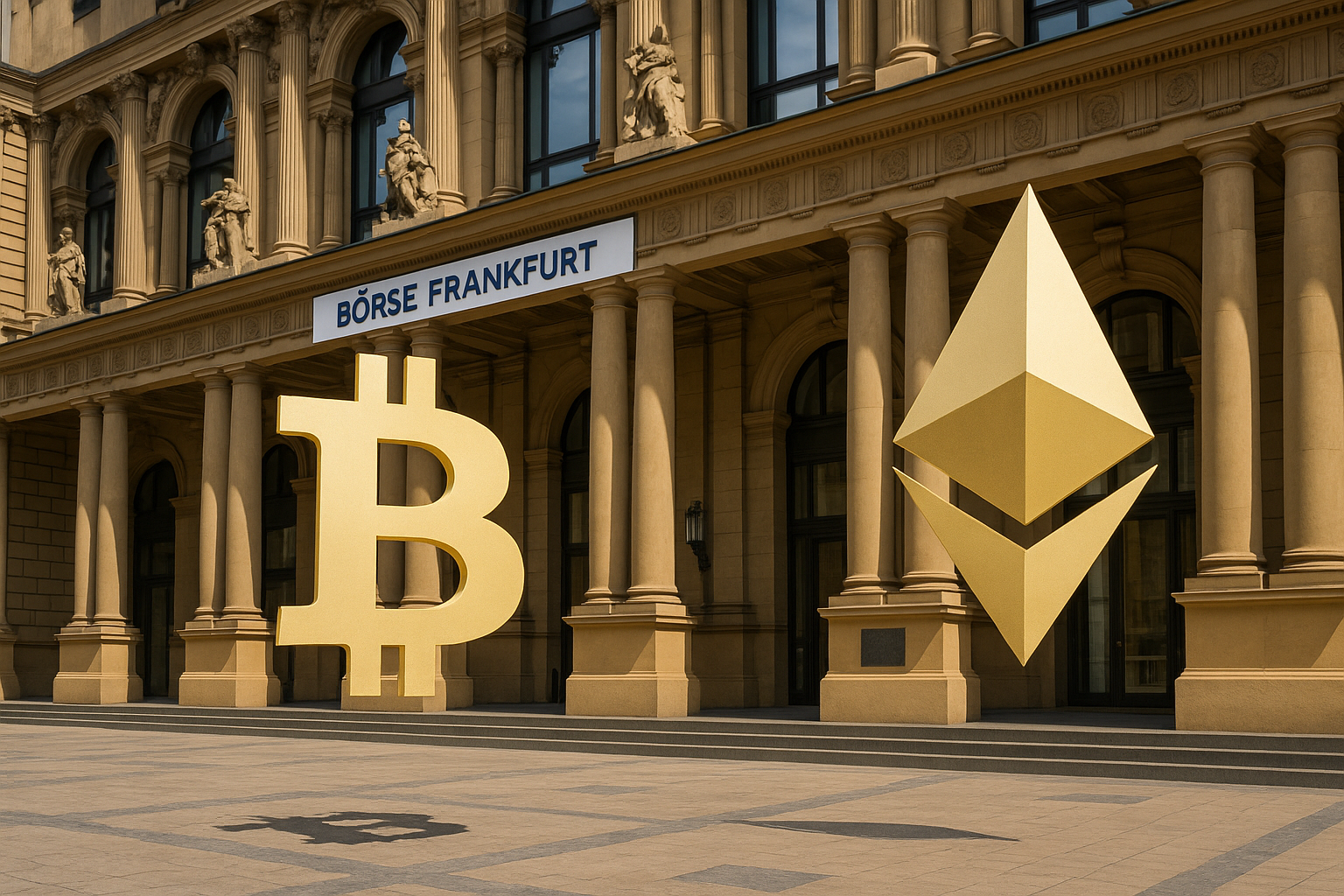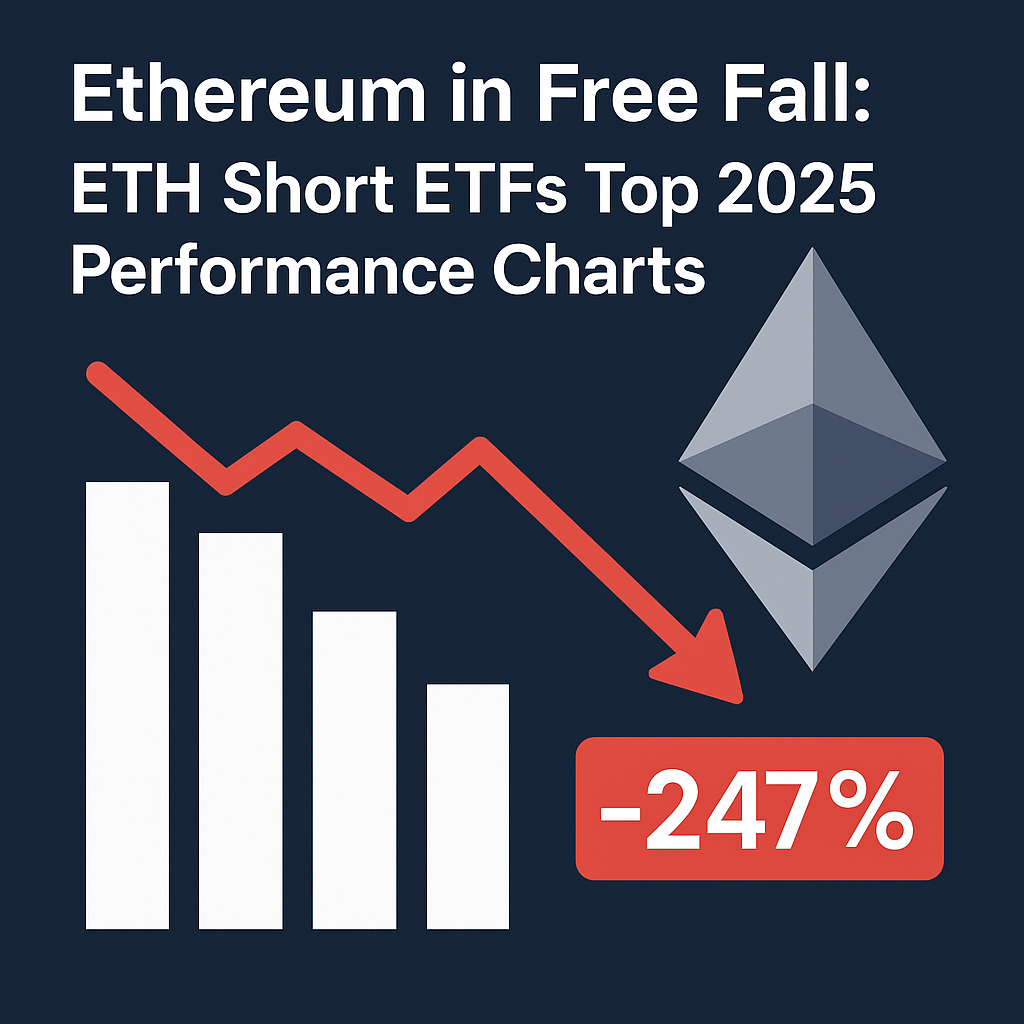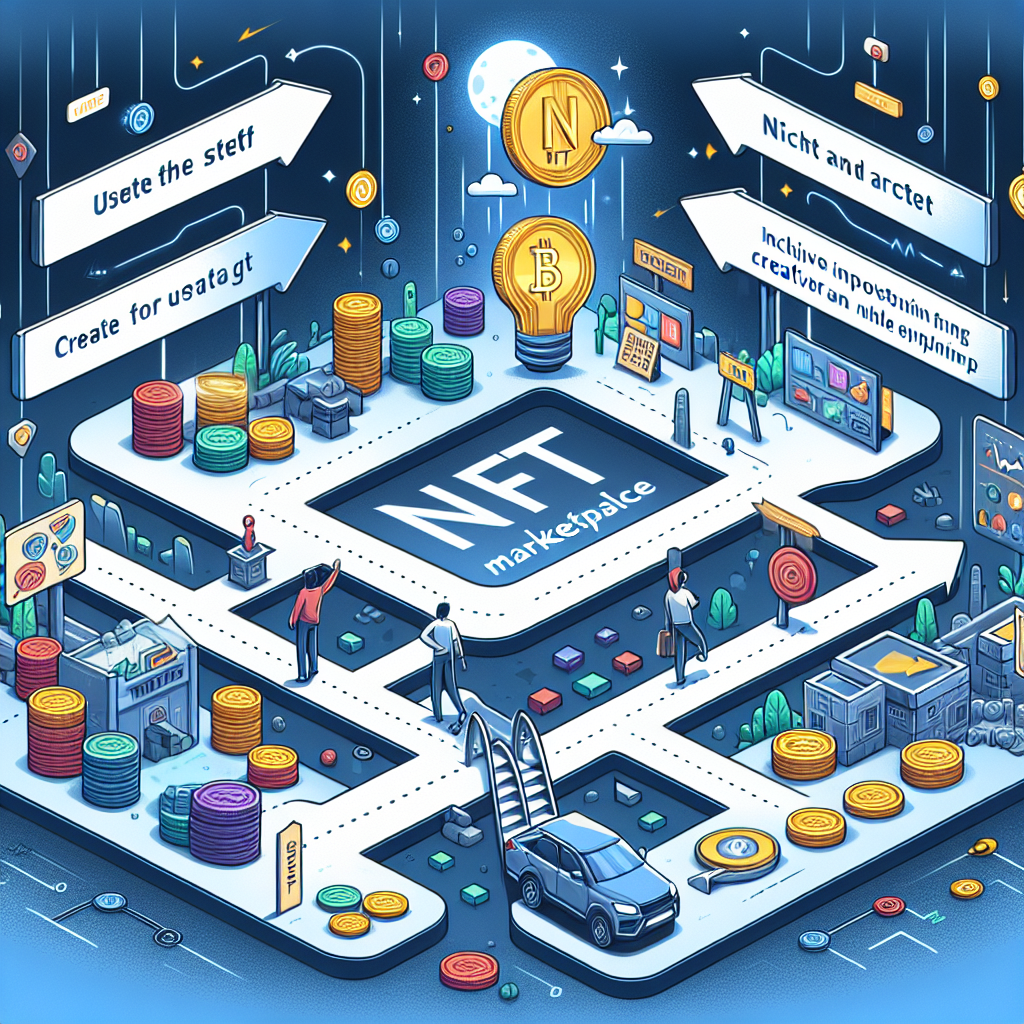Introduction: A Landmark Moment for Crypto and Finance
In a groundbreaking move for the European financial markets, Deutsche Börse announced in April 2025 that it will now allow institutional investors to trade and safely store Bitcoin and Ethereum.
This pivotal step signals not just the evolution of one of Europe’s most prestigious stock exchanges but also the growing legitimization of cryptocurrencies within the traditional financial system.
In this article, we will dive deep into the details, data, regulatory framework, and implications of this historic decision — and I will share why I believe this is a hugely positive development for the future of finance.
Deutsche Börse’s Strategic Move Into Digital Assets
In March 2025, Deutsche Börse’s subsidiary, Clearstream, announced the rollout of a new crypto custody and settlement platform tailored for institutional clients.
Initially, it will support only the two largest cryptocurrencies by market capitalization: Bitcoin (BTC) and Ethereum (ETH).
- Launch Date: April 2025
- Supported Assets: Bitcoin and Ethereum (initially)
- Custody Solution: Operated via Clearstream, in collaboration with Crypto Finance AG (a Deutsche Börse subsidiary)
- Trading Venues: Integrated access to multiple crypto exchanges
This solution allows institutions to trade, settle, and securely hold digital assets — offering a full post-trade infrastructure comparable to the services provided for traditional securities.
Why Now? The Regulatory Foundation
This move is no coincidence. It comes shortly after the European Union’s Markets in Crypto-Assets Regulation (MiCA) was formally enforced in 2024.
MiCA provides a comprehensive, harmonized regulatory framework for crypto assets across all EU member states — addressing transparency, governance, security, and investor protection.
Key Regulatory Milestones:
- MiCA Regulation: Effective 2024
- Crypto Custody License: Clearstream and Crypto Finance AG licensed by BaFin (Germany’s financial regulator)
- Platform Launch: Crypto Securities Venue for institutions (2024), full custody rollout (2025)
Thanks to MiCA and national regulatory approvals, Deutsche Börse is positioning itself as a safe gateway between the traditional financial world and the emerging digital economy.
Impact: Why This Is a Game Changer for Crypto
The significance of Deutsche Börse’s move cannot be overstated:
1. Legitimization of Bitcoin and Ethereum
Having Europe’s largest stock exchange group endorse Bitcoin and Ethereum provides a massive stamp of legitimacy.
Institutions that were previously hesitant due to custody or compliance concerns now have a regulated, reputable platform to engage with crypto.
2. Boost for Institutional Adoption
According to PwC, over 60% of institutional investors cited “lack of trusted infrastructure” as a major barrier to crypto adoption in 2024.
Deutsche Börse’s offering directly addresses this gap, making it easier for banks, asset managers, and pension funds to allocate capital to digital assets.
3. Enhanced Security and Transparency
Clearstream’s involvement ensures a robust, auditable, and secure environment for digital asset storage, reducing the risk of hacks and operational failures that plagued earlier crypto ventures.
Personal Opinion: A Bold and Welcome Evolution
As someone who has followed the crypto space for years, I see Deutsche Börse’s crypto adoption as one of the most encouraging signs yet of digital assets moving into the financial mainstream.
- It brings trust to the sector.
- It lowers the barrier to entry for major financial institutions.
- It helps stabilize the crypto market by introducing professional standards.
Instead of isolated, speculative trading, we are now seeing the beginnings of systematic integration — and I firmly believe this will set the stage for a new era of mass adoption not just in Europe, but globally.
This isn’t just about trading Bitcoin or Ethereum. It’s about redefining finance for the 21st century.
Conclusion: The Road Ahead
The Deutsche Börse’s embrace of Bitcoin and Ethereum marks a watershed moment for cryptocurrency adoption among institutions.
While retail investors led the first wave of crypto growth, institutions will define the next — and Deutsche Börse has just opened the gates.
For anyone involved in finance, technology, or investment, this is a story to watch closely.
And for long-term crypto believers like myself, it’s an inspiring confirmation that the best is still ahead.
#DeutscheBörse #Bitcoin #Ethereum



